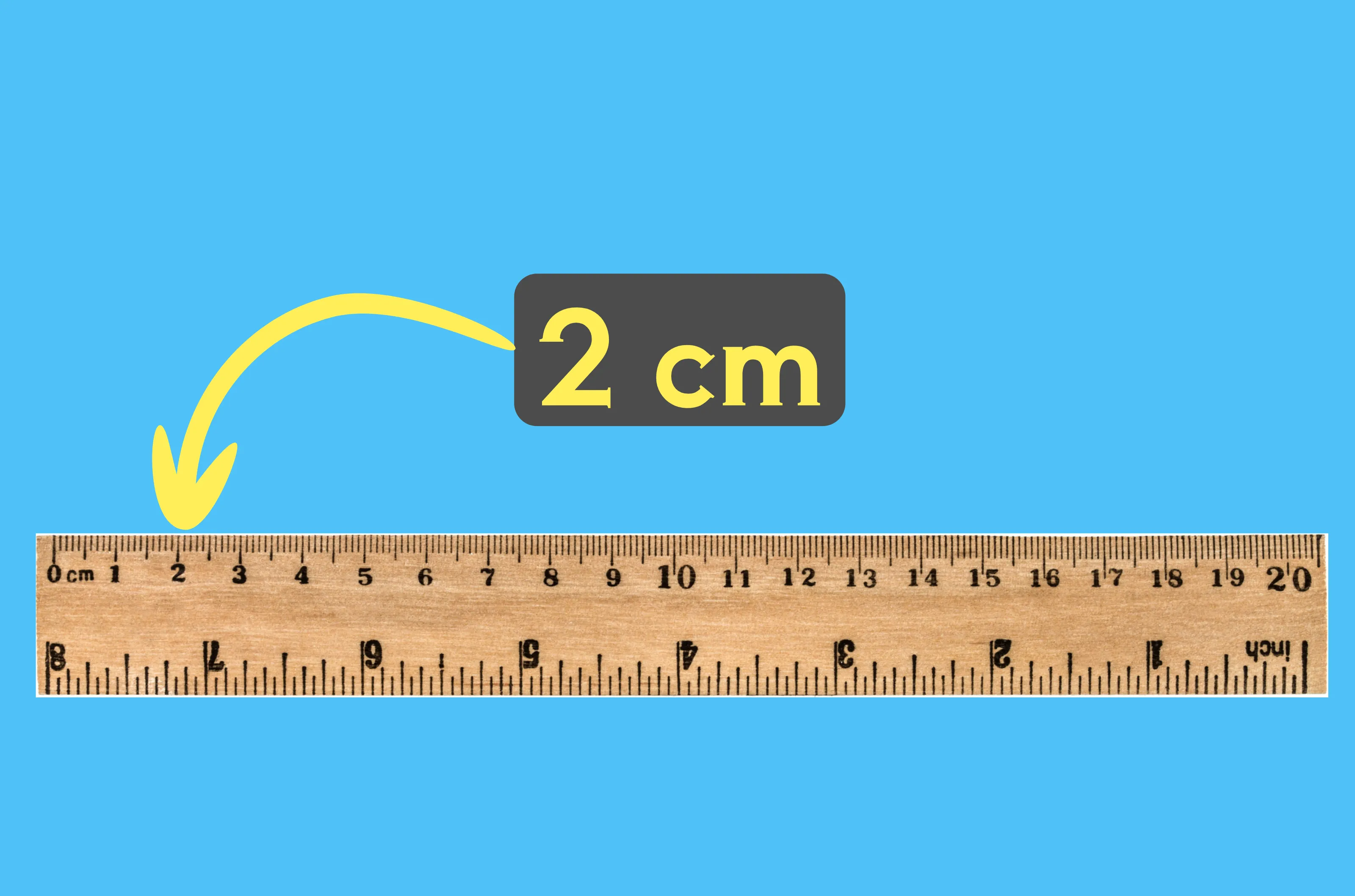How Heavy Is A Blue Whale

The blue whale (Balaenoptera Musculus), an endangered species, is the largest animal living on planet earth. They can grow up to 100 feet long on average. With that length, they also have extraordinary weight, which can be over 200 tons! Their size is so vast that they can be mistaken for pretty little islands!
As weighing blue whales is not an usual thing to do, we thought to present a direct weights comparison of a blue whale to other animals and things here. Let’s dive into that to know how heavy they can be.
Average Weight of a Blue Whale
There are records of blue whales of over 190 tonnes (187 imperial tons). However, it’s more common to see them weighing 100 to 150 tons or 200,000 to 300,000 pounds on average.
Females of the group are slightly bigger than their male counterparts, about 5% larger. Fully grown female blue whales can weigh up to 150 tons. In contrast, a male adult weighs an average of 100-120 tons.
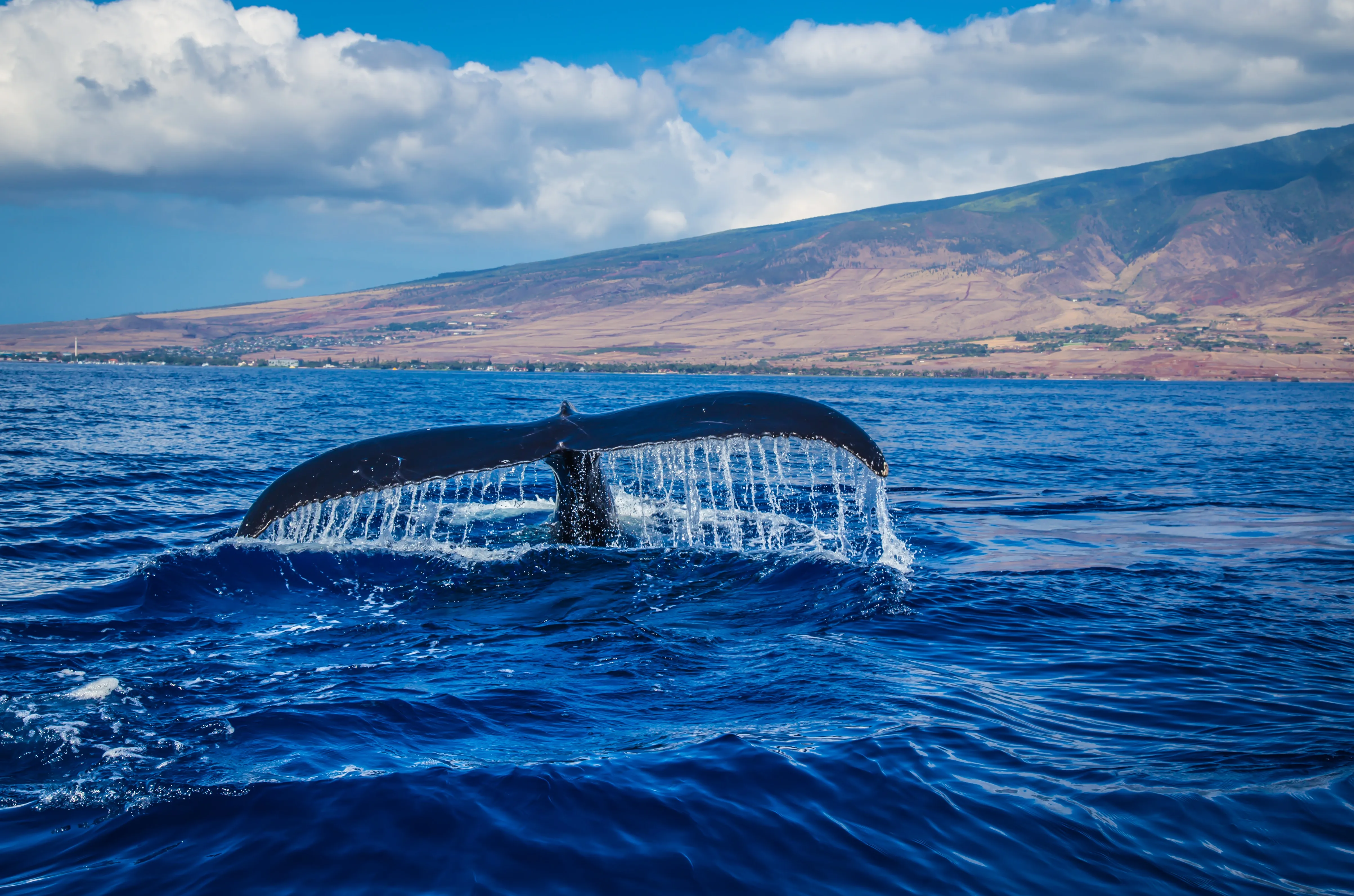
Image by Daniel Ross from Pexels
Their weights also differ based on their different regional habitat. For example, female blue whales in the Northern Hemisphere weigh an average of 112 metric tons, and males weigh around 100 metric tons.
Whereas, in the Eastern North Pacific, the weight of female blue whales averages 100 metric tons and males 88.5 metric tons. The Antarctic blue whale size is larger than the other two regions. Females average 130 metric tons and males weigh 112 metric tons.
Then we have Pygmy blue whales, which are considered the smallest ones. For males, the average weight is 75.5 metric tons, and for women, it is 90 metric tons.
For a better comparison, we’ve made an average blue whale size chart with these weights below:
| Regions | Female (Short ton) | Male (Short ton) | Female (Metric ton) | Male (Metric ton) |
|---|---|---|---|---|
| Northern Hemisphere | 123.5 | 110.2 | 112 | 100 |
| Eastern North Pacific | 110.2 | 97.6 | 100 | 88.5 |
| Antarctic | 143.3 | 123.5 | 130 | 112 |
How Heavy Is an Infant Blue Whale?
Baby whales (also referred to as calves) average around 2.6-3.5 metric tons (6000-8000 pounds) weight at birth. They grow quick over the next few years. During the first year of birth, they can gain around 200 pounds or 90 kg per day.
| Blue Whale | Average weight (pounds) | Average weight (Short ton) | Average weight (Metric ton) |
|---|---|---|---|
| Newborn | 6000 - 8000 | 2.9 - 3.9 | 2.6 - 3.5 |
| Adult Female | 246400 - 336000 | 121.2 - 165.3 | 110 - 150 |
| Adult Male | 224000- 268800 | 110.2 - 132.2 | 100 - 120 |
Typically, it takes 5 – 15 years for blue whale calves to gain maturity. Though the average age of maturity varies from species to species. Most females can mature between 5-7 years of age, whereas the males’ maturity occurs between 7-10 years.
As the largest animal on the earth, calves are also the largest newborn compared to other animals. This is way more than the average weight of an automobile (about 4,094 pounds).
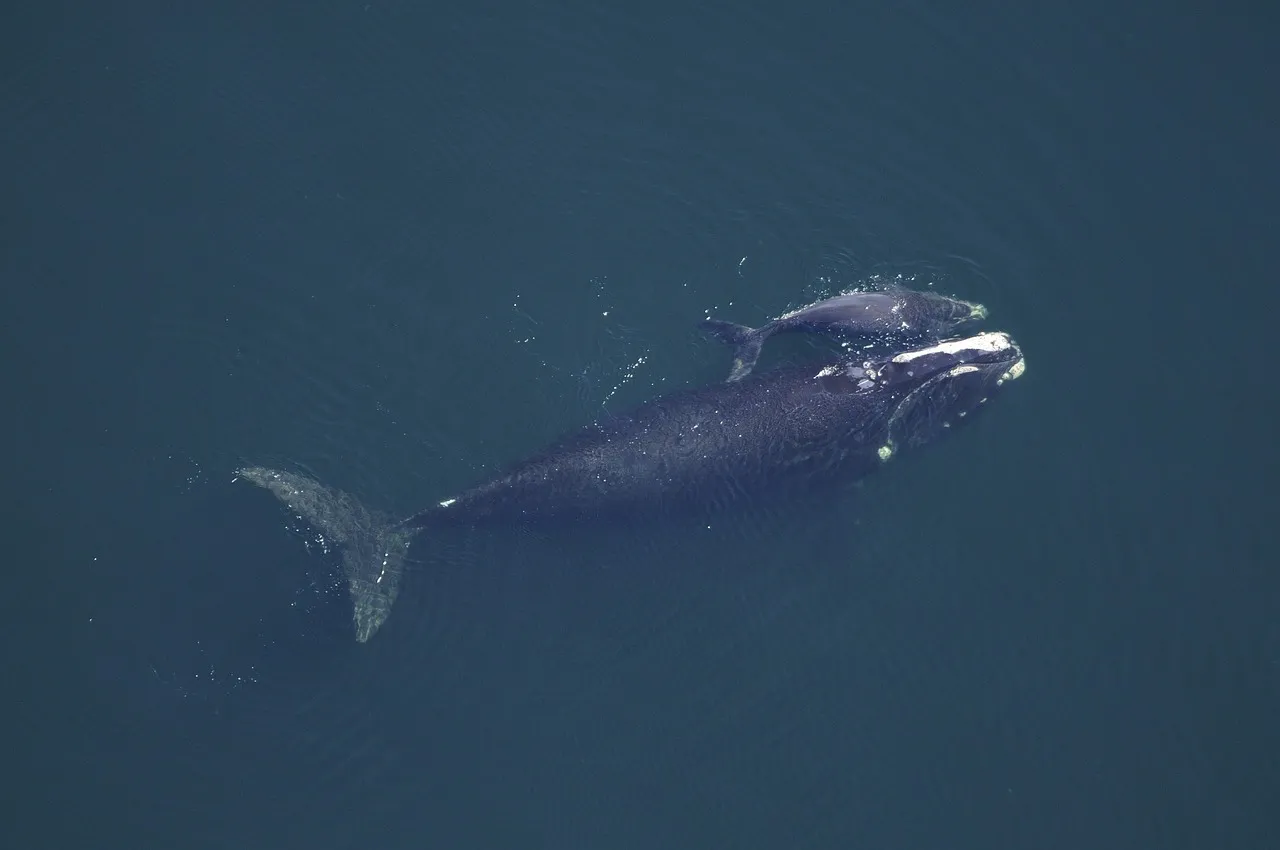
Image by David Mark from Pixabay
Comparing their weight with other newborn animals has a huge difference. For example, Elephants are considered the largest animal on land. On average, newborn African male elephant calves weigh about 364 pounds, which is over 16 times lighter than blue whale calves!
A comparison chart of blue whale babies with other newborn animals is given below for better visualization:
| Newborn animals | Average birth weight (pound) | Average birth weight (kilogram) | How many equivalent to a blue whale |
|---|---|---|---|
| Blue whale | 6000 - 8000 | 2721- 3628 | |
| African Elephant (male) | 364 | 165.1 | 22 |
| White rhino | 88-143 | 40 - 65 | 56 |
| Hippo | 50 - 100 | 22.7 - 45.4 | 80 |
| Bottlenose Dolphin | 22 - 44 | 10 - 20 | 181 |
How Heavy Is an Adult Blue Whale?
It’s difficult to imagine the massiveness of blue whales properly just knowing their weight. But we can compare to the weight of other common animals or things for a better understanding.
For example, a Balaenoptera musculus blue whale with a weight of 150 tons is approximately equivalent to 21 large-sized African male elephants!
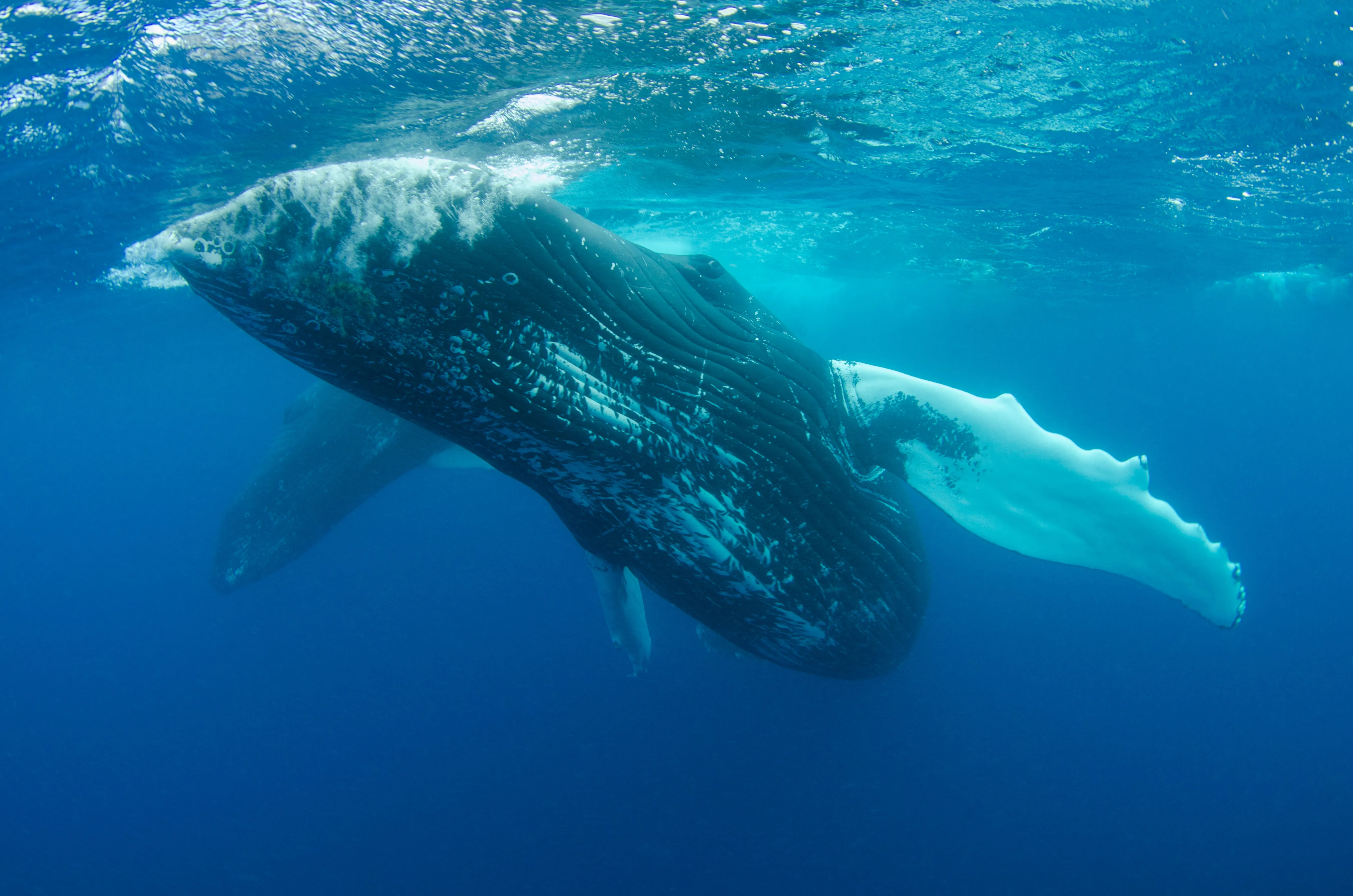
Image by Ben Phillips from Pexels
Even some of their organs are the largest ones of any known animal. Big blue whale’s heart, for instance, can grow up to 1,300 pounds in weight! Or their tongue, which can be around 3 tons weight for an adult blue whale!
A blue whale is 1.5 times larger than sperm whales and 4 times more in weight than the aforementioned sperm whales. Even a great white shark is nearly 5 times smaller than a blue whale.
How Heavy Is a Blue Whale Compared to Humans?
We’ve already discussed so many things about blue whales’ weight. Coming to the point of comparing it with humans, we’re like the Lilliputs in front of them!
The largest blue whale weighed around 190 tons, or 380,000 pounds. In contrast, the average adult human weight is somewhere between 130 to 180 pounds (60 - 80 kg). So, an average size blue whale is more likely over 2,154× the size of a human!
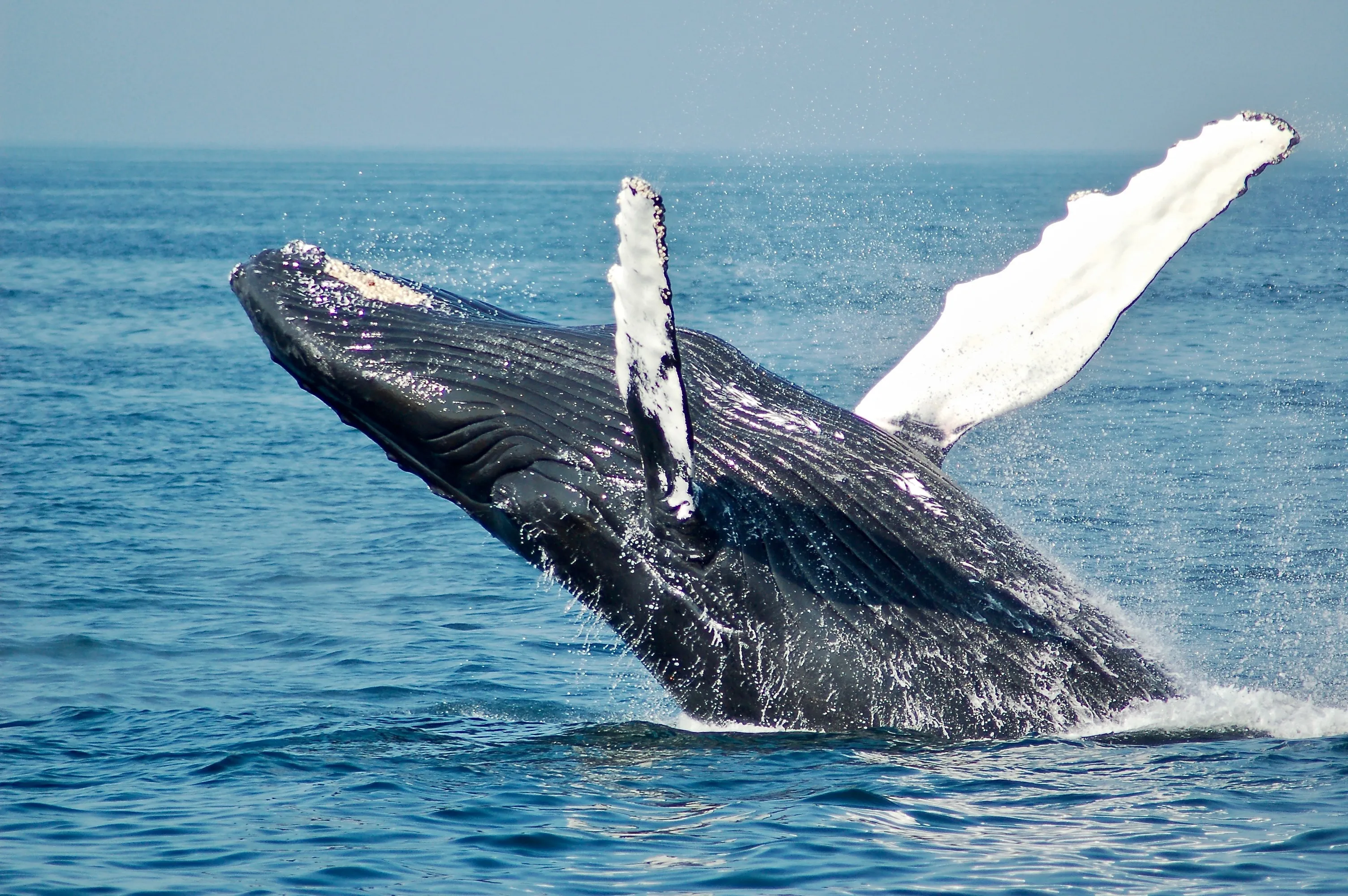
Image by Todd Cravens from Unsplash
Another fact is, blue whale calves attain around 200 pounds a day during their first year. So basically, we can say they grow with the size of a human weight every day! (actually more than that)
Conclusion
Being the largest animal on the earth, blues whales have enormous weight. We might not need to measure their weight in a lifetime. But it’s really fun and interesting to learn.
FAQ
What do whales eat?
Blue whale calves drink only their mother’s milk for the first 6 to 8 months. Growing up, blue whales eat krill, but sometimes they eat other sea creatures in their diets as well, such as small crustaceans or fish.
How much do whales eat?
On a typical day, whales can eat up to 4 tons (8,818 pounds) of krill. As having an enormous size, it naturally has to eat this much.
Where do Blue Whales live?
Blue whales prefer to live in the deep ocean. They are rarely seen close to shore. These mammals are found in all oceans (such as the Antarctic Ocean, Atlantic Ocean, Indian Ocean, and Pacific Ocean) except the Arctic. They usually live at a depth of 330 feet. That’s the roof of a 33 storied building.
For More Information
1. Wikipedia
2. Whaling Museum
3. To See Whales
Weight Conversion
Convert kg to lbs or any unit to another now. Check out our Weight Conversion Calculator!


